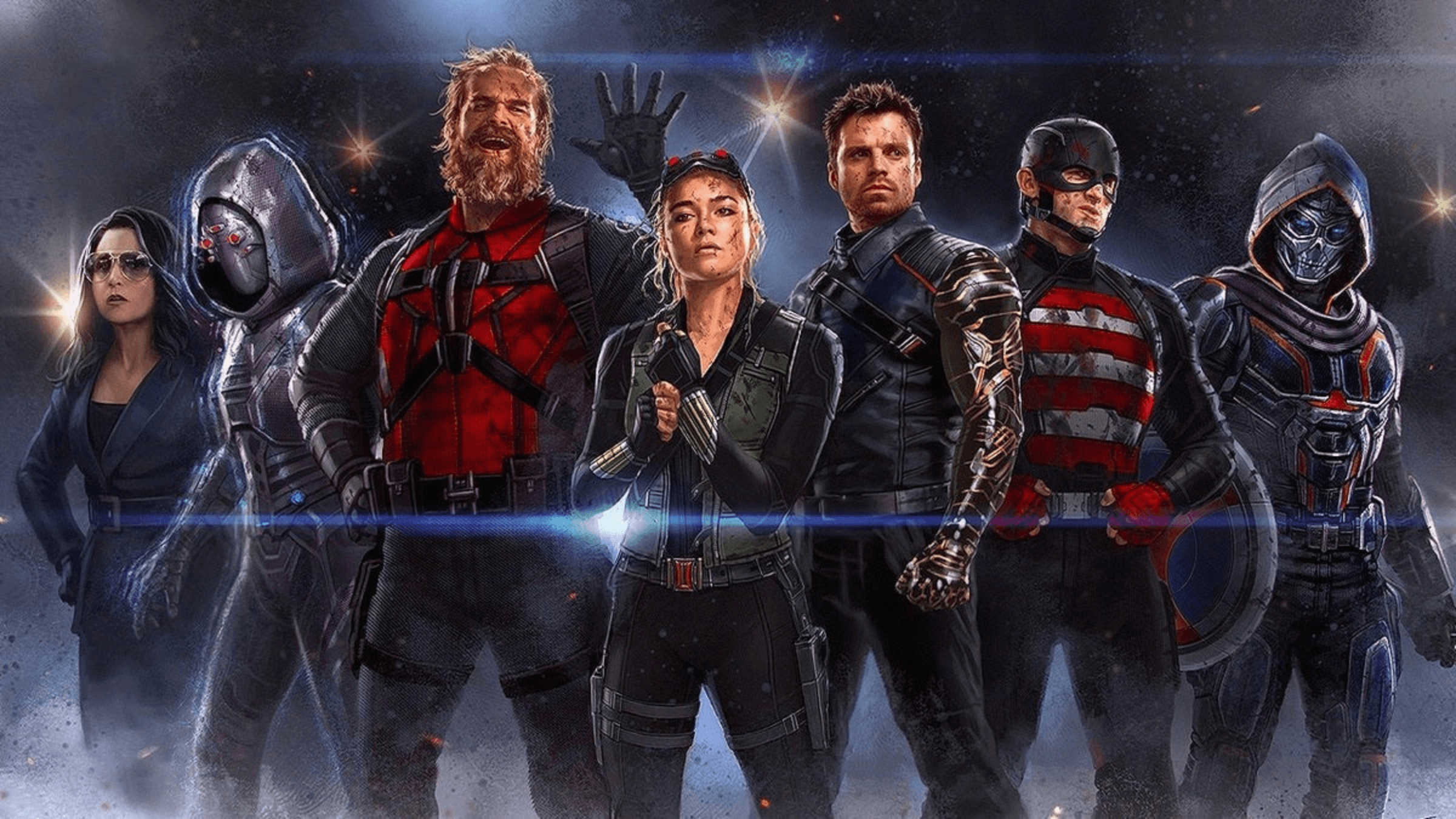Table of Contents
- 1 The Asterisk in the Title: Just a Typo? Or a Statement?
- 2 Valentina’s Gala of Ghosts: Trauma for Sale
- 3 Sentry and the Void: Marvel’s Dr. Jekyll?
- 4 Red Hulk Foreshadowing: Thunderbolt Ross Lurks Off-Screen
- 5 The Watchtower: The New Base of Power
- 6 Mel’s Necklace: The Songbird Sings?
- 7 Yelena Belova: The Inner Conflict Painted Red
- 8 The Expression “On Your Left”: A Tangled Refrain
- 9 Post-Credit Scene: Fantastic Four Crossover Confirmed?
- 10 Hidden Symbolism: Shadows and Reflections
- 11 Conclusion: Why Thunderbolts is Actually Much More Important Than Everyone Thinks
The Marvel Cinematic Universe is good at weaving a plot that only those who look behind the action scenes and clever remarks get to know. Thunderbolts (2025), however, punches the Marvel film narration excellence through the ceiling.
Not only is it more brutal and filled with antiheroes, but it’s also a source of various symbols, hints, and references, not all too obvious. In this comprehensive guide, we’ll shovel out the meanings behind the visuals, the implications and connections of the MCU future, and how Thunderbolts will be seen after the rebranding of Marvel’s New Avengers by going deep into the fan community.
The Asterisk in the Title: Just a Typo? Or a Statement?
While for some, the asterisk in the “Thunderbolts*” title seemed to be just a peculiar theme in the very beginning, Marvel had a different approach. The phrase that John Walker had regarded the alias and Valentina Allegra de Fontaine had replaced it with “New Avengers” in a jiffy offers a new look symptom that is obscured by the history of their predecessors.
The asterisk is mute about the existence of the outside team that shares the brand’s features it belongs to, and it still questions the old if they are the ones who create heroes or turn them into disobedient instruments subtly. Marvel’s concept for the future of team formations and appearances in the New World that differentiates it from Endgame is the Easter Egg of the MCU.
Marvel Changes ‘Thunderbolts*’ Posters to Replace Movie Title With ‘The New Avengers’ — but It’s a Spoiler for the Movie’s Big RevealValentina’s Gala of Ghosts: Trauma for Sale

Furthermore, the way to the MCU’s private boxes relies not only on the contents but also on the location of the items, which act to the public as the physical image of the truth, thus securing a position of power. Finally, the past has been presented again.
In the sentence of the O.X.E. (Office of Extra-Normal Events) setting foot in the MCU certainly is a big deal in world-building. It is not S.H.I.E.L.D. or S.W.O.R.D. the agency; it’s the sign of the dark side of authority and oppression that is relatable in the modern life scenario. Furthermore, with Valentina as its leader, O.X.E. is in charge not only of the good operations of Thunderbolts but also of the ......
This organization controls and manipulates the Thunderbolts (as both the official protective team and the public diplomacy unit) as much as it manages the city’s citizens simultaneously. Talking about the Jstor article also refers to manipulating the General public. It relates to an incident in the movie Black Panther where we see the same with the Klaue case and the Wakandas’ parliament budget allocation as other instances where assets are being determined…
In one of the film’s most telling sequences, Valentina hosts an extravagant gala where she features relics from past MCU events. However, these are not tributes to the heroes but objects for sale. Referred to as trophies, the various pieces such as Loki’s scepter, Chitauri tech, and even a piece of Ultron comment on the change of mind consumers live in the modern world. The fragments of the MCU have more meaning than just the objects, but it’s also the way they are placed—the stage where they are the object of public opinion; in a way, people with power are taking care of the past, so that…)
Sentry and the Void: Marvel’s Dr. Jekyll?
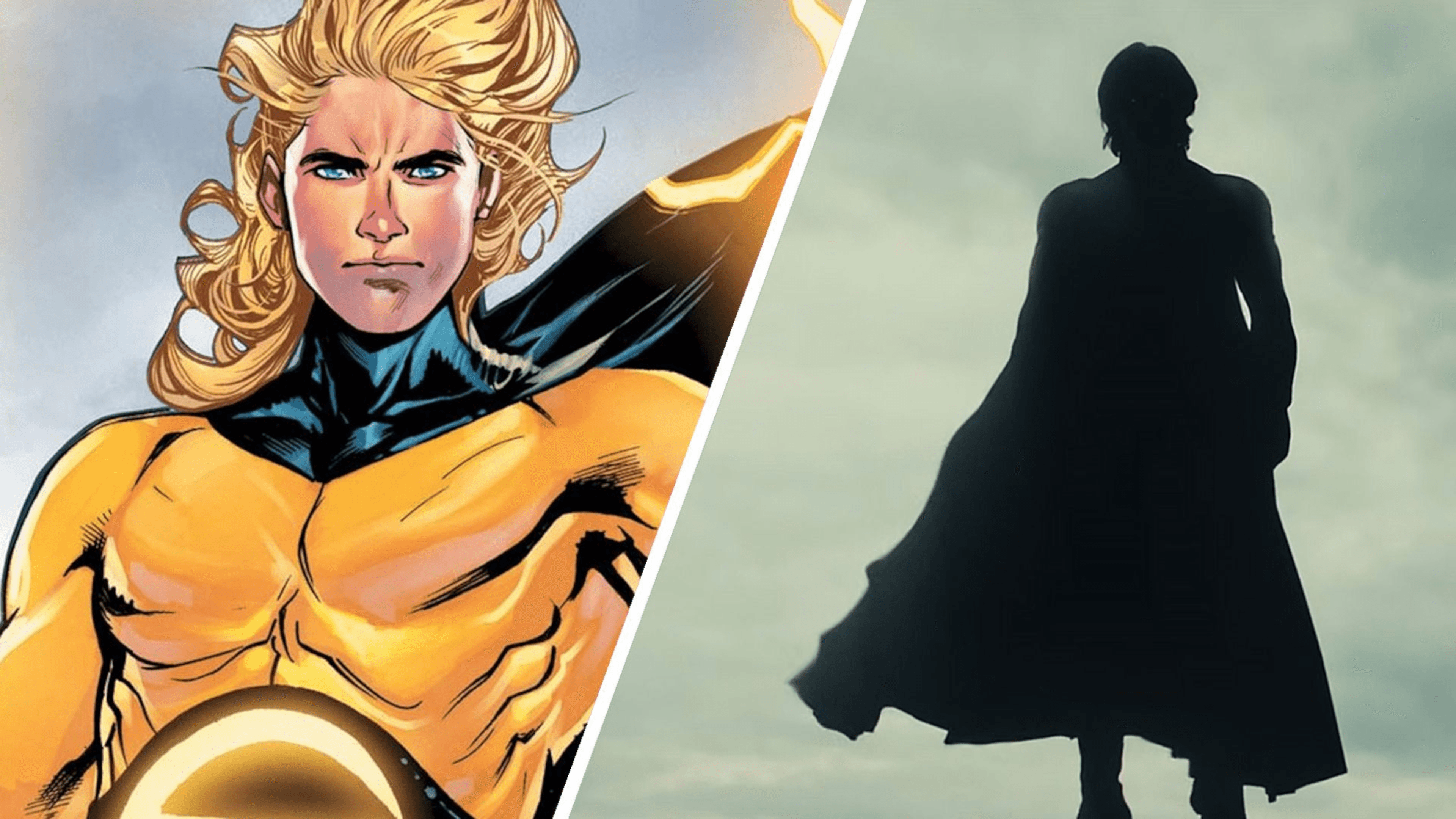
Unlikely the others who have to battle foes from outer space, Sentry is the one who is directly in the way, causing the commotion that ultimately results in matters such as control, trust, and power being under discussion.
Thus, Thunderbolts now have to get used to fighting side by side with someone who could be the cause of their destruction if he goes mad. This paranoia is effectively shown through clues hidden in the MCU Easter Eggs during the film, like the mirror reflections and his fragmented glass scenes. Hence, it becomes the basis for the inevitable confusion. The hero is not simply carrying on with his life habitually—he is rather to be likened to the dynamite attached to the stockpile of secrets.
Red Hulk Foreshadowing: Thunderbolt Ross Lurks Off-Screen
Even though Thaddeus Ross ) is not featured in the movie, his presence obviously is felt. A reference to a “giant red rage monster” in a confidential dossier was more than a clue to fans—it foreshadowed the plot’s direction.
According to the latest information, Harrison Ford will show the Character of Ross in the movie Captain America: Brave New World, where this film is the beginning of his subsequent conversion. Considering the Thunderbolts, Ross will be the evolution of brute force in the MCU. Like Sentry, he regards control as a must, but unlike Reynolds, Ross is a man of the highest moral standard.
Yet, there is a slight difference with a Character like Ross, who is eager to do what he deems to be good; however, on the other hand, harming the innocent is too high a price to pay. The members are probably more nervous about his absence than if they had seen him, particularly for a team with uncertain popularity and usefulness.
The Watchtower: The New Base of Power

When Valentina introduces the renovated Avengers Tower, now renamed the “Watchtower" , it is shocking, like a metaphorical punch in the stomach. This structure was once the lair of the most influential heroes in the world, but with her on top, it becomes less comfy and distant.
For the Thunderbolts, it’s not a warm dwelling; it’s a fort. It is not the work of the team to be taken down, observe the enemy, and punish them with death, which is the intentionality of the building’s designer. In fact, the name Watchtower indicates continuous visual monitoring since it implies that even the team members are not at liberty in their place. The altered esthetics of the architecture, such as reimagined gadgets, modified logos, and dim lighting that were originally MCU Easter eggs pose a conceptual contradiction to the brightness and freshness typical of Marvel team-ups in the past. The team is operating in a new era, and they run by their own set of rules.
MCU Easter eggs present in the architecture of the Watchtower—reimagined tech, tweaked logos, and dark lighting—create a tonal difference to the joyful and relaxed spirit of former Marvel team-ups. This is a new day and a team that still exists under different rules.
'A Symbol Of Things Taking A Darker Turn' The MCU's Most Iconic Location Takes On A Whole New Ambiance In Thunderbolts*Mel’s Necklace: The Songbird Sings?
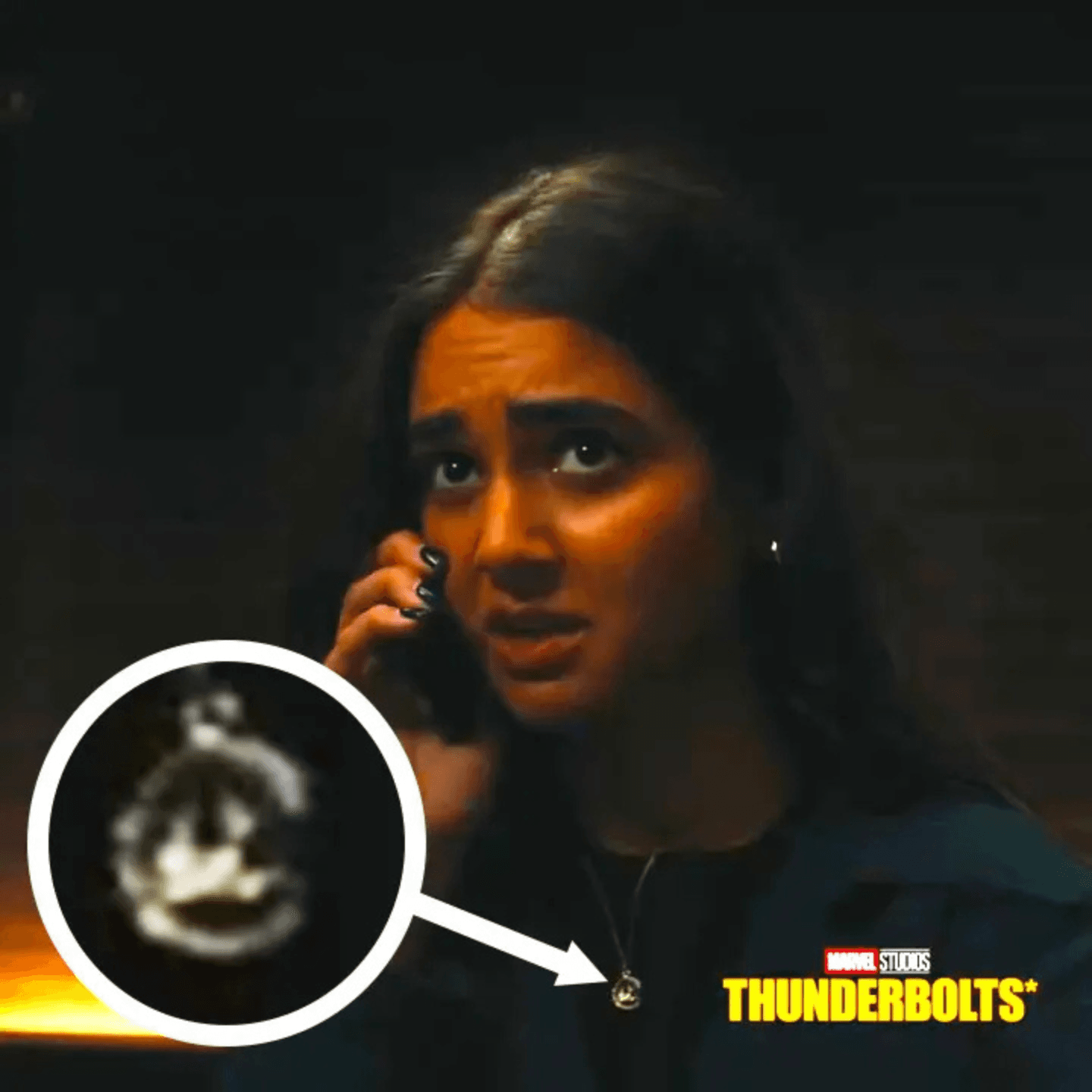
It looks like an innocent element; Mel’s songbird necklace could be a clever reference to the superhero Character Songbird, Melissa Gold , in the Marvel comics. Even though the primary focus is on other characters, her conversations with Yelena and Valentina suggest undying loyalty paired with constant internal challenges. Her necklace serves as a metaphor for the representation of the women in the Thunderbolts’ internal hierarchy—sometimes they only give advice, sometimes they are just taking care of someone, but always, they are watching. Suppose there is a possibility that Mel is to become Songbird in upcoming sequels.
In that case, the MCU has left a Marvel mystery in everyone’s sight, thereby establishing a long-lasting tradition of subtle hints through the choice of clothing and accessories. The necklace speaks as a whisper, not a scream, but for the fans who can catch such stimuli, the meaning is obvious.
Yelena Belova: The Inner Conflict Painted Red

Florence Pugh delivers a performance that crowns Yelena as the Thunderbolts’ most emotional and human Character. She is hilarious, intense, and—most importantly—emotionally unstable. The film envelopes her from the start and shows a very different side of her. That chip on her shoulder from Red Room time and her sister’s destiny makes her repeatedly question the soldiers’ goals.
Her inner struggle becomes very pronounced during a task that goes wrong when she opts to save a civilian instead of following Valentina’s kill order. The experience of fighting with authority is not a public one; it is personal, as it’s rooted in trauma. The MCU also adds to her Character progression by referencing Natasha’s choices, similar poses, and the reuse of her phrases. Of all the Thunderbolts, Yelena is the most human; it’s as if the Character is a metaphor for the struggles of the oppressed, especially those who do not lose their fight.
Black Widow: How Strong Yelena Is Compared To NatashaThe Expression “On Your Left”: A Tangled Refrain
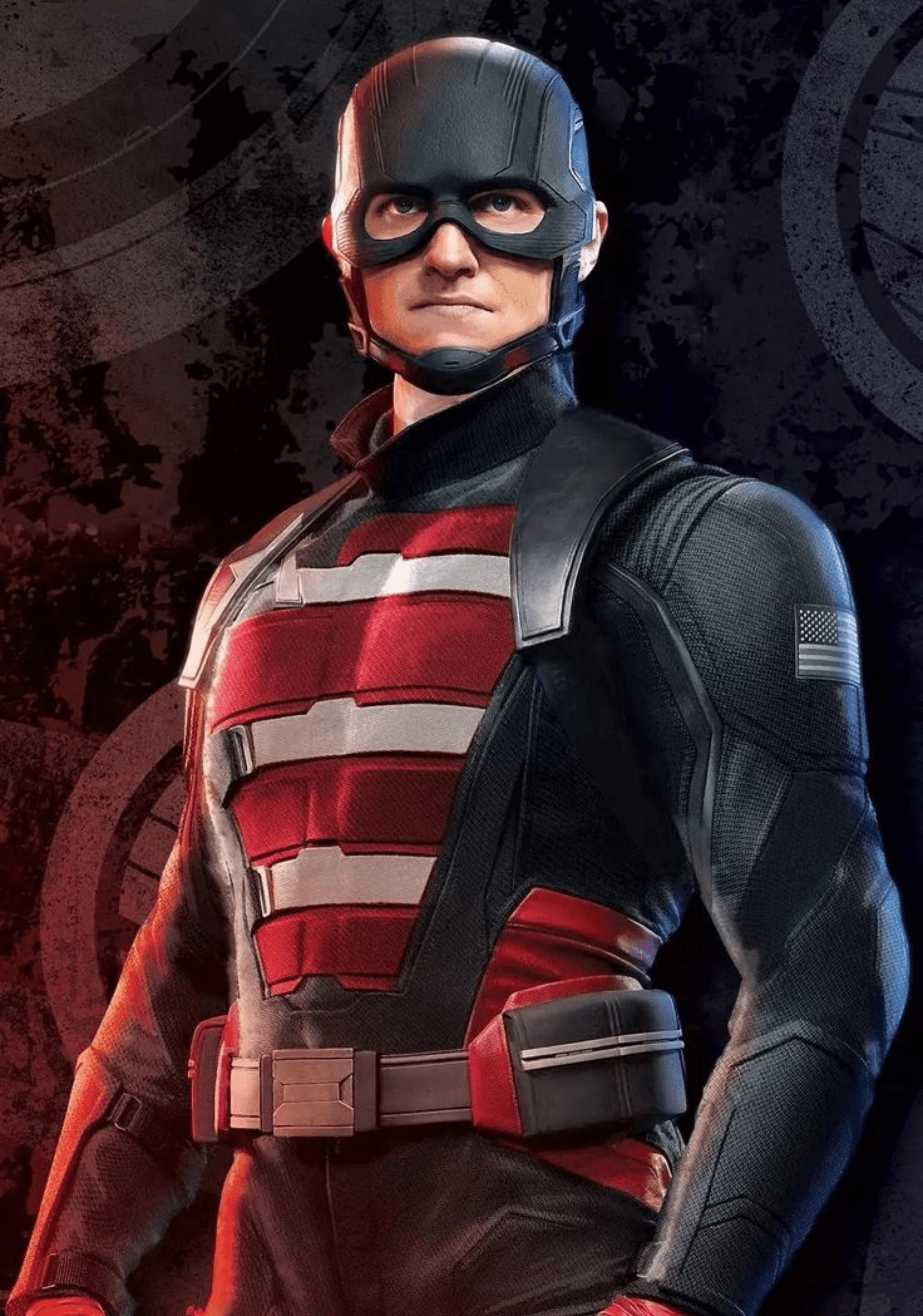
In the middle of the escape, John Walker tells Ghost in a low voice, “On your left,” which was the exact words Steve Rogers had once used with Sam Wilson, a straightforward, pleasant conversation. But now, the words have another meaning; they are a tactical signal.
The film’s world revolves around the idea that symbols are only good if managed by good people. Walker, who is always in contrast to Captain America, does it as the corrupt and impure person he is, using the language of a hero for his own purposes. The reappearance of MCU resources has become quite frequent in The Thunderbolts, such as the stealing of shields, the theft of mission reports, and the repetition of famous catchphrases.
Still, however, these resources were used without respect, and the intention is quite evident. The whole thought underpinning the writing is powerful; it reflects on how symbols can be taken over and how the MCU hero and the MCU weapon can be blurred all too easily.
Thunderbolts*: John Walker Was the Original Villain Before SentryPost-Credit Scene: Fantastic Four Crossover Confirmed?
The last scene is quite a show-stopper. The spacecraft with a visible “4” lands in a deserted area, and we hear garbled speech – a stretching sound, crackling energy, and a familiar voice calling out, “Reed!”. The references are unmistakable for the catch that the Fantastic Four are coming.
However, their potential presence in a Thunderbolts post-credit scene would carry other communicative qualities apart from just the moment in time. It could very well be the case of dialogical intertextuality. The transition of such figures as Thunderbolts, with their morally ambivalent Character, from one who coexists on a hopeful science-driven ethos to a sheer antagonist from a different space is suggested.
Is it possible that if the excellent quad like the Fantastic Four will handle the nature of the world, we become the oppressors? It’s a disturbing idea—them rising to us like a star today may just as well become our nightmares of tomorrow.
Hidden Symbolism: Shadows and Reflections
On the visual side, the on-screen world is full of reflective surfaces, dark passageways, and splintered images. Most characters are often displayed in mirrors, through glass, or silhouetted. This image pattern is played out by design. Literally, each person of the Thunderbolts is living a life of the two. Ghost dangles between prominent presence and apparent absence. Walker walks a fine line between being a soldier and a different image. Sentry is created to be a god in conflict with the monster in him.
The MCU teases are hidden in sight, working as a voiceless storyteller, only they emphasize the psychological conflicts throughout the movie. The reflections are a reminder that what seems on the surface is not necessarily always true; it is, in fact, the lie that they tell themselves to survive.
Conclusion: Why Thunderbolts is Actually Much More Important Than Everyone Thinks
On the face of it, Thunderbolts is Marvel’s take on the dirty dozen-style antihero team-up. But apart from the explosions and stealthy spying, you have a movie created with deeper meanings, Character studies, and narrative themes.
Each MCU Easter egg is not just a random memory from the past but words—it’s like Marvel Cinematic Universe is telling the audience it’s now time for a more complex, more self-aware, and more critical examination of the mythology. The Thunderbolts are like the universe removing symbols to wear down ones, openly challenging them.
The Marvel secrets don’t stop short of post-credit scenes—their presence manifests itself in Character developments, set designs, and even in the casual line being spoken in the corridor. This way, it is Marvel’s telling us to be attentive. The path to what will come is being traced out by the unnoticed.
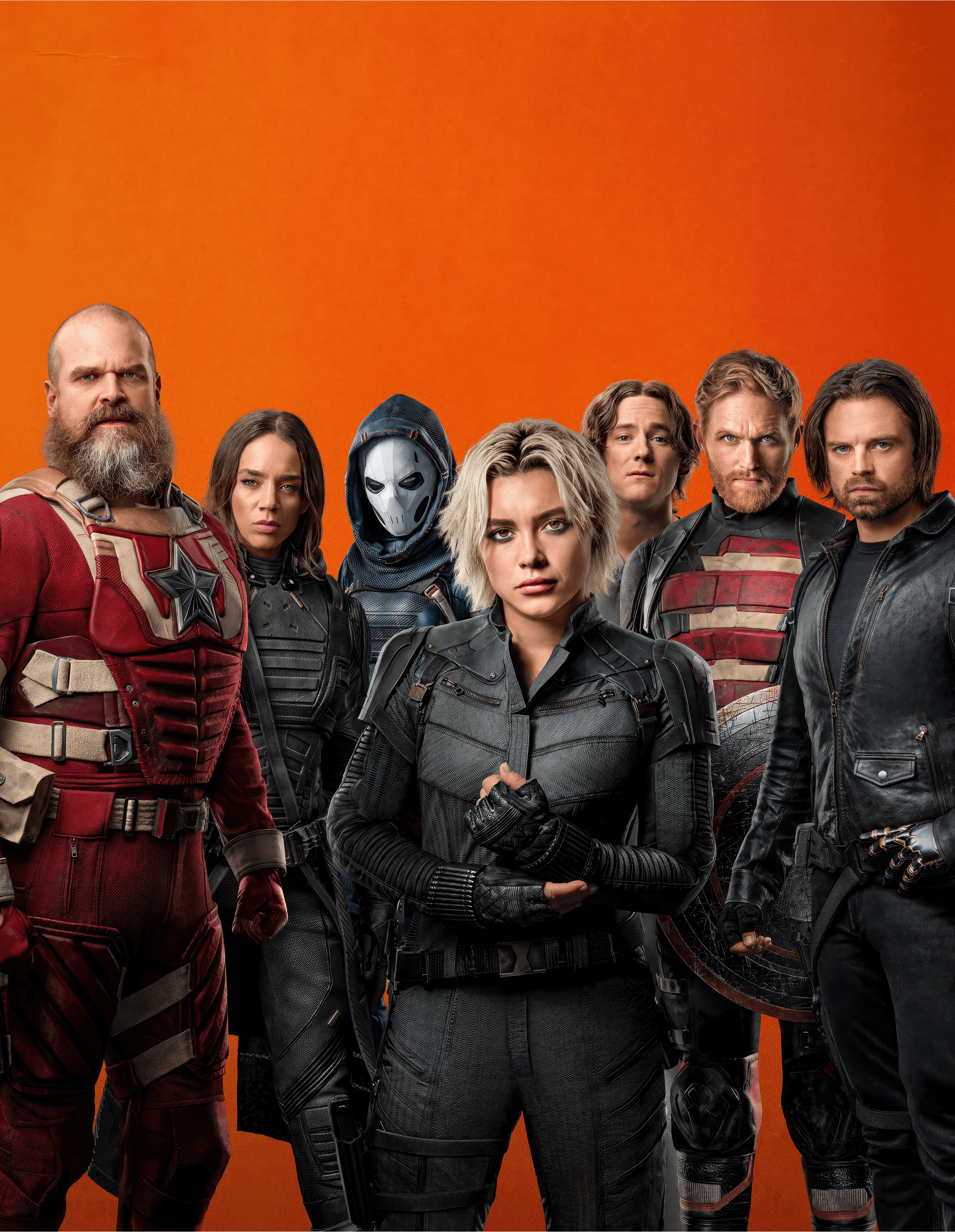
Do you want to explore the MCU further?
Talk directly to an AI-powered Thunderbolts team member. Learn Marvel’s hidden secrets, interact with Easter eggs, and receive personalized theories from your favorite antiheroes.
Hit the downward button to meet your mission analyst. It’s time to meet them.
Black Widow (Yelena Belova) Red Guardian (Alexei Shostakov) Taskmaster (Antonia Dreykov) James “Bucky” Barnes Ghost (Ava Starr)) John Walker (U.S. Agent)❓ You can switch or test them to know which is the most effective:
Whom from the Thunderbolts team do you trust the most—and whom would you never turn your back on?
What is the unknown small detail from the MCU that people missed in Thunderbolts (2025)?
Under which circumstances can you see yourself as a member of the Thunderbolts? What would your role be there?
In your opinion, are the Thunderbolts good guys who just like to be disguised, or are they evil in a more eloquent way?
If you think you’ve found a hidden message we didn’t recognize, question our AI Thunderbolt and let him tell you.
